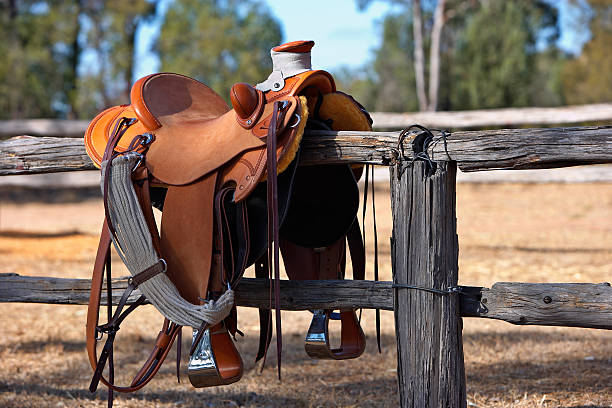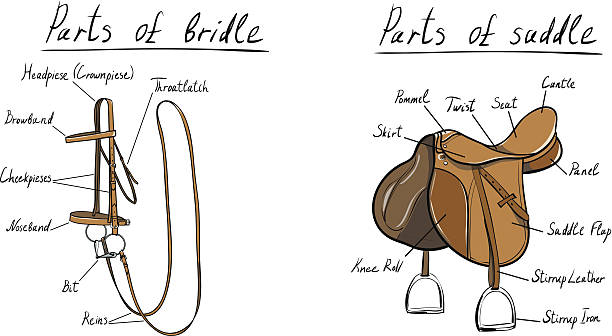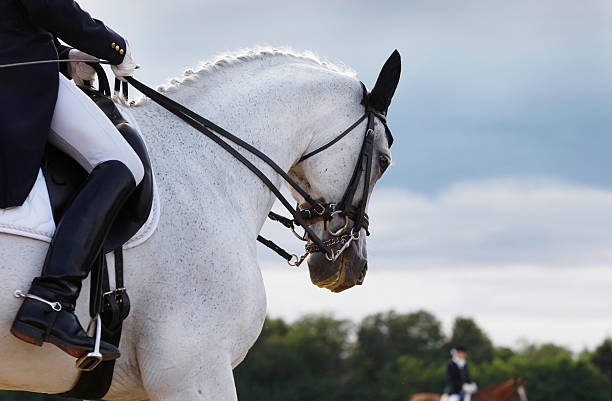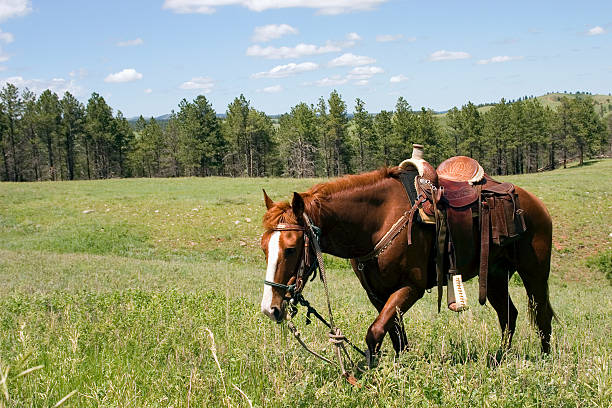Table of Contents
| Section | Topics Covered |
|---|---|
| Introduction | Importance of understanding saddle parts |
| Understanding the Basic Structure | Overview of saddle anatomy |
| Main Parts of a Saddle | Seat, pommel, cantle, gullet, and more |
| Western Saddle vs. English Saddle | Key differences and usage |
| Materials Used in Saddles | Leather, synthetic, and hybrid options |
| How to Choose the Right Saddle | Fit, comfort, and purpose |
| Common Saddle Problems & Solutions | Fit issues and maintenance tips |
| Saddle Care & Maintenance | Cleaning and storage tips |
| Frequently Asked Questions | Answers to common saddle-related questions |
| Conclusion | Summary and final tips |
Introduction
A well-fitted saddle is crucial for both rider comfort and horse performance. Whether you are a beginner or an experienced equestrian, understanding the parts of a saddle helps you choose the right one, maintain it properly, and improve your riding experience. In this guide, we’ll break down the components of a saddle and explain their roles in detail.

Understanding the Basic Structure and Parts of a Saddle
A saddle is made up of multiple parts designed to distribute the rider’s weight evenly while ensuring comfort for the horse. The key structural elements include:
- Tree: The foundation of the saddle, providing shape and support.
- Seat: The area where the rider sits.
- Panels: The cushioning that rests against the horse’s back.
- Stirrups & Leathers/Fenders: Where the rider places their feet for balance and control.
Each part plays a role in safety, stability, and performance during a ride.
Main Parts of a Saddle and Their Functions
Seat
The seat is where the rider sits. It varies in depth and padding depending on the type of saddle. A deeper seat offers more security, while a flatter seat provides flexibility.
Pommel
The pommel is the raised front section of the saddle. It provides support to the rider’s pelvis and helps secure the saddle in place.
Cantle
Located at the back of the seat, the cantle provides additional support to the rider. A higher cantle enhances stability, especially in jumping and dressage.
Gullet
The gullet is the space between the saddle’s panels that sits over the horse’s spine. It must have adequate clearance to prevent discomfort and injury.
Flaps (English Saddle) / Skirts (Western Saddle)
These cover the stirrup bars and help protect the rider’s legs from direct contact with the horse.
Panels (English Saddle) / Bars (Western Saddle)
Panels are padding underneath the saddle that help distribute weight evenly. Western saddles use bars for the same purpose.
Stirrups & Leathers (English) / Fenders & Stirrups (Western)
Stirrups provide foot support, while leathers or fenders connect them to the saddle. They allow the rider to maintain balance and control.
Billets & Girth (English) / Latigo & Cinch (Western)
These secure the saddle onto the horse. The girth (English) or cinch (Western) must be adjusted properly for stability.
Horn (Western Saddles Only)
The horn is found on Western saddles and is used for roping cattle or as a handhold for balance.

Western Saddle vs. English Saddle: Key Differences
| Feature | Western Saddle | English Saddle |
|---|---|---|
| Weight | Heavier | Lighter |
| Seat Style | Deep seat with a horn | Flatter seat |
| Stirrups | Fenders & stirrups | Stirrup leathers & irons |
| Use | Rodeo, trail riding, ranch work | Jumping, dressage, eventing |
| Security | More stability | More flexibility |
Both styles serve different riding disciplines and personal preferences.
Materials Used in Saddles
Saddles are made from various materials, each with pros and cons:
- Leather: Durable, comfortable, and traditional but requires maintenance.
- Synthetic: Lightweight, easy to clean, and budget-friendly but may not last as long.
- Hybrid: A mix of leather and synthetic materials for balance between durability and affordability.

How to Choose the Right Saddle
When selecting a saddle, consider:
- Fit: Ensure the saddle fits both you and the horse properly.
- Purpose: Choose based on the type of riding (jumping, dressage, Western, etc.).
- Comfort: Test different saddles for comfort and stability.
- Budget: Leather saddles are more expensive, while synthetic ones are more affordable.
Common Saddle Problems & Solutions
| Problem | Cause | Solution |
|---|---|---|
| Saddle Slipping | Poor girth/cinch adjustment | Tighten girth or use a saddle pad |
| Soreness in Horse’s Back | Incorrect fit | Use a properly sized saddle and pad |
| Uneven Stirrup Lengths | Improper adjustments | Adjust stirrup leathers/fenders equally |
Saddle Care & Maintenance
To extend the life of your saddle:
- Clean it regularly with saddle soap and conditioner.
- Store it properly in a dry, cool place.
- Check for wear and tear on straps, stirrups, and padding.
- Use a saddle cover to protect it from dust and moisture.
Frequently Asked Questions about Parts of a Saddle
How do I know if my saddle fits correctly?
A properly fitting saddle should not pinch, rock, or press down on the horse’s withers.
Can I use the same saddle for different horses?
Not all saddles fit every horse. It’s best to check fit before riding.
How often should I clean my saddle?
Regular cleaning after every few rides keeps it in good condition.
Is a Western saddle better than an English saddle?
It depends on your riding style and purpose. Western saddles offer more support, while English saddles provide greater mobility.
What is the best material for a saddle?
Leather is the most durable but requires maintenance. Synthetic saddles are lighter and easier to maintain.

Conclusion
Understanding the parts of a saddle helps riders make informed choices about comfort, fit, and function. Whether you ride English or Western, selecting and maintaining the right saddle ensures a better experience for both you and your horse. Invest in proper saddle care and always prioritize the comfort of your horse when choosing the best saddle for your riding discipline.
